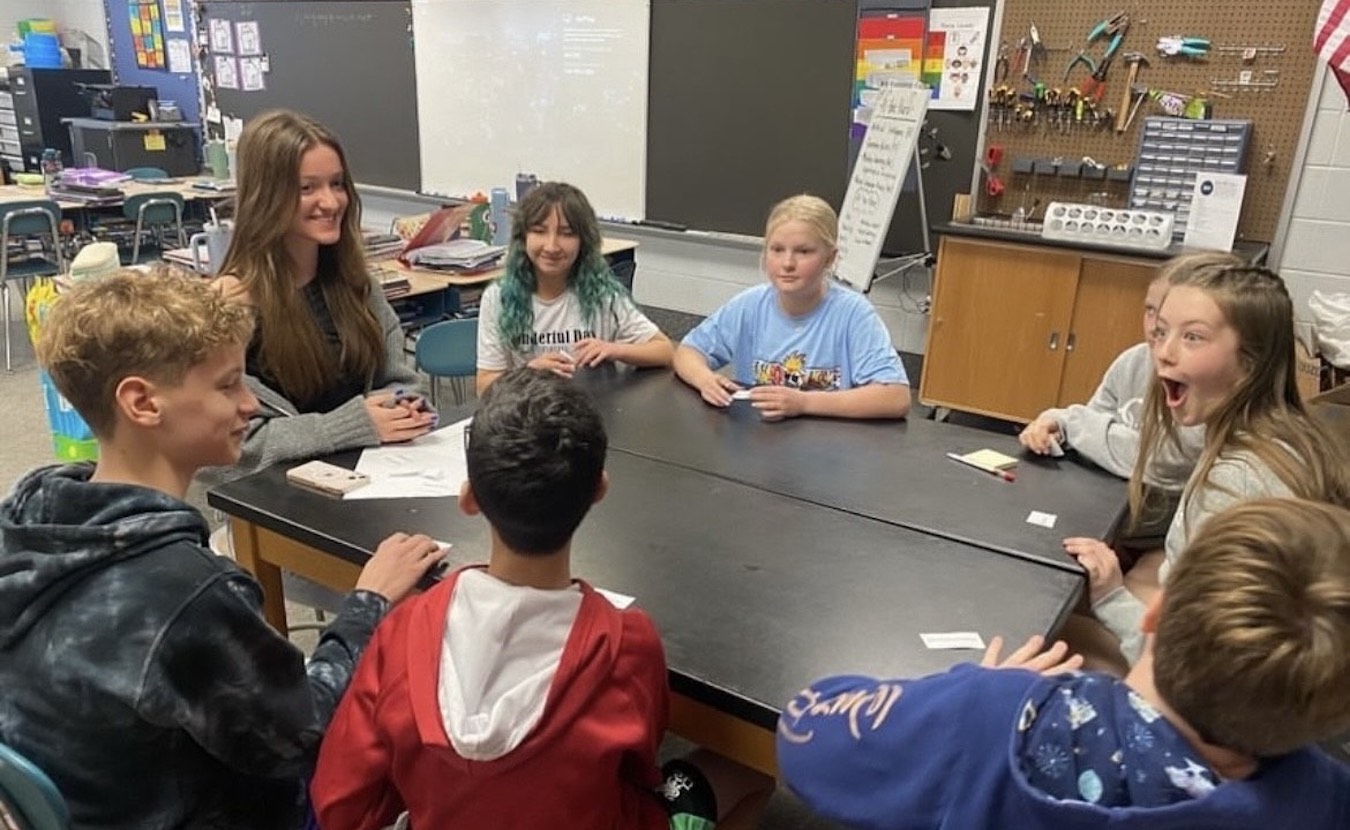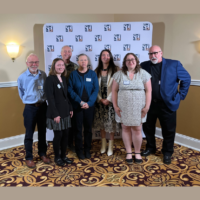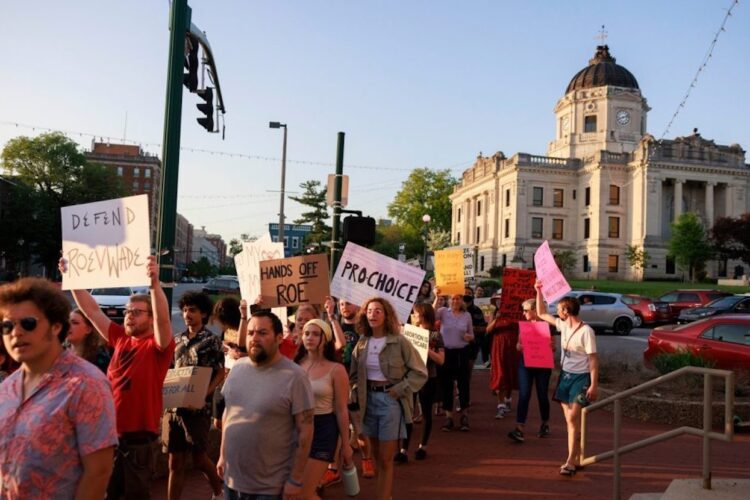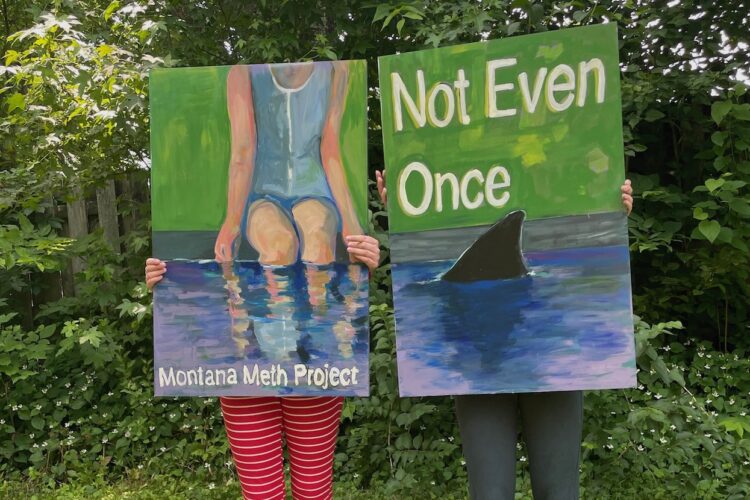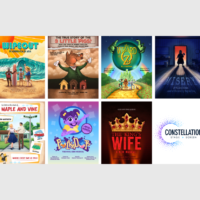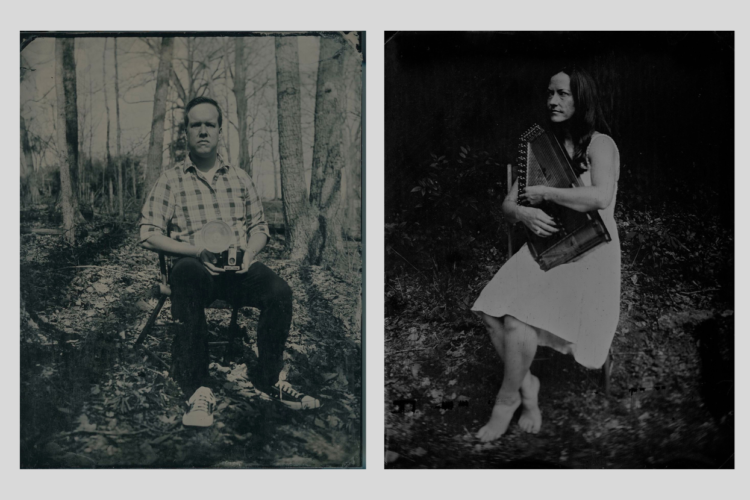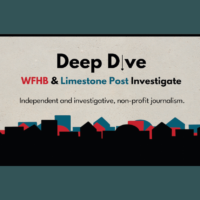Indiana legislators have not clarified critical language in the state’s abortion ban, which has led to serious negative consequences for women’s healthcare, including endangering the lives of pregnant women. In part 2 of Rebecca Hill’s in-depth look at Indiana’s abortion ban, she writes about the problems that the majority of Hoosier lawmakers choose to ignore. Click here for the article.
The Writers Guild at Bloomington is hosting the inaugural Local Authors Book Fair on November 2 at the Monroe County History Center. Readers and aspiring writers can talk with 30 authors who have published in a number of genres and formats. Michael G. Glab interviewed several of the participants for this preview. Read the writeup here.
Sophia Craiutu is a senior at Bloomington High School North, and although she’s too young to vote in this year’s election, she’s helping her fellow students engage in the democratic process. She finds that all the more important in a state that ranked 46th in voter turnout in 2020.
Read Steve Hinnefeld’s story, which first appeared in The Indiana Citizen.
Workplace apprenticeships are not your typical after-school jobs. Designed to connect high school students to real-life experiences in the workplace, apprenticeships provide on-the-job training for careers after high school. Many find the work valuable. Some experts, though, question the effectiveness of the programs, in part because such apprenticeships are not available to all students. Read this Deep Dive by Steve Hinnefeld.
Limestone Post won 11 awards in the “Best in Indiana” Journalism Contest hosted last week by the Indiana Pro Chapter of the Society of Professional Journalists. Steve Hinnefeld, Haley Miller, Christina Avery, Christine Brackenhoff, Steven Higgs, Michael G. Glab, Rebecca Hill, Jill Bond, Krista Detor, and Debora Shaw were among the winners. | Photo by Benedict Jones. Learn more about the work of these award-winning writers.
Poorly written anti-abortion laws in Indiana and other states have forced pregnant women to leave home for life-saving healthcare. Many women rely on networks of groups to help with travel to medical clinics and access to safe medication. Some of those groups have taken cues from the underground networks of the early 1970s. Read the in-depth report here.
Bloomington high school student Hazel Hammerstein founded the nonprofit Indiana Prevention Project to spread the message about the dangers of drug use. She and numerous supporters are running the Paint the State mural contest. Registration ends on August 30. Read about Hazel’s project, as well as the contest rules and timeline in this article by Hiromi Yoshida.
The lineup for Constellation Stage & Screen’s 2024–2025 theatrical season is a “thrilling mix of world premieres, beloved classics, inspiring contemporary work, and fun-filled shows for young audiences.” And so everyone can enjoy live, professional theater, Constellation is offering two inclusive programs: Pay What You Will and Sensory-Friendly Performances. Find out more!.
Life as a world-traveling documentary photographer was fast-paced for Megan Snook. But, as she writes in this photo essay, becoming a mother “drastically changed my way of life.” Tintype photography helped with the transformation, and now she is “better able to appreciate the things which are most precious in this life.” Read Megan’s story and see her tintype photography.
We couldn’t imagine living without Monroe Lake, writes Michael G. Glab. The reservoir is “the source of our drinking water, a destination for many outdoor activities, and home to a wide variety of critters and flora.” This year marks the 60th anniversary of its dedication, with many events planned to commemorate it. Read Glab’s article, featuring Interpretive Naturalist Jill Vance.
Limestone Media had a momentous year in 2023! As seen in our 2023 Impact Report, last year was a banner year for our flagship publication, Limestone Post Magazine. Not only did we publish more stories and increase our presence in Bloomington and surrounding communities, but each year our public-service journalism has greater impact in our community. Click here for Limestone Post’s 2023 Impact Report.
Refugees rely on a patchwork of social service agencies to resettle in Bloomington, but a tight housing market, transportation limitations, and language barriers create hurdles as they settle into their new homes. Three reporters from the Arnolt Center for Investigative Journalism prepared this report for our series Deep Dive: WFHB & Limestone Post Investigate. Read the report here.
Despite growing evidence that voucher students fall behind academically when they switch from public to private schools, Indiana legislators have increased the cost of the state’s voucher program to $439 million. Education writer Steve Hinnefeld looks at the latest voucher report from the Indiana Department of Education, and asks, should Hoosier taxpayers pay for schools that discriminate? Read Hinnefeld’s column here.
Limestone Post and WFHB Community Radio are finalists in the 2023 Nonprofit News Awards for Journalism Collaboration of the Year. Their local news series, called Deep Dive: WFHB & Limestone Post Investigate, is one of three collaborations nationwide selected by the Institute for Nonprofit News. The Limestone Post article, “The Long Goodbye: Living with Alzheimer’s Disease,” by Rebecca Hill, is also a finalist for INN’s Insight Award for Explanatory Journalism. Click here to read more.
In May, the Monroe County Antique Machinery Association held its spring antique machinery and tractor show. The turnout was “impressive,” writes Dason Anderson, as more than 100 tractors and other machines were on display. Association President Tim Deckard says the two-year-old club helps give the public a deeper understanding of our local history and culture. Read the story and see the machines.
A closer look at Marbury v. Madison — the Supreme Court decision that placed the judicial branch of government above Congress — may make Americans more open to judicial reform, writes Jim Allison. Given the unpopularity of recent court rulings and questionable behavior by some of its justices, the time seems ripe for a check on the court. Read the review.



